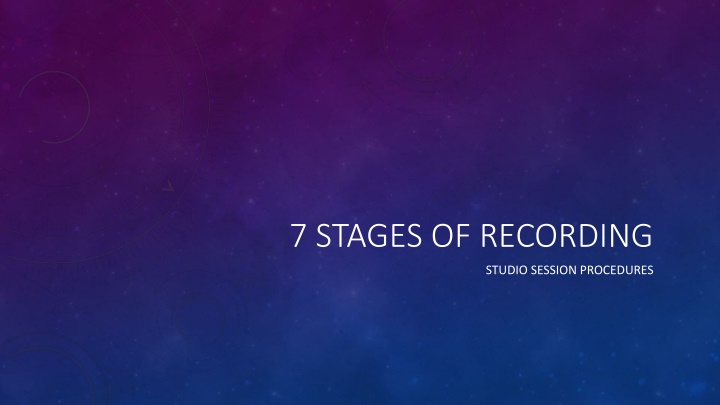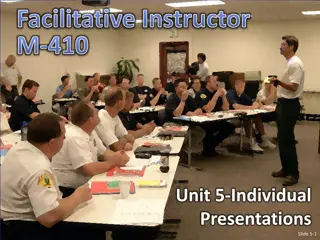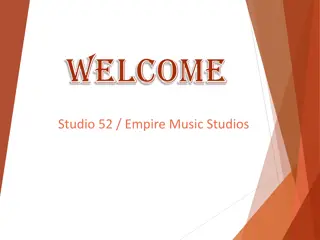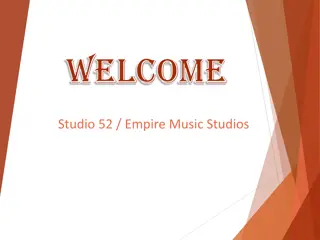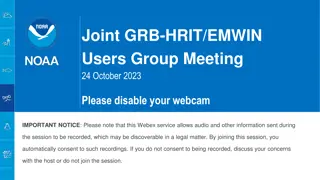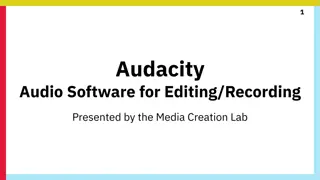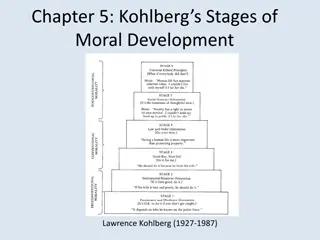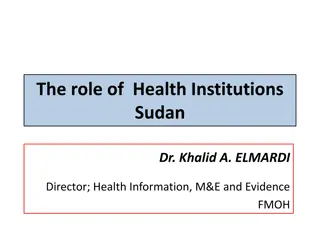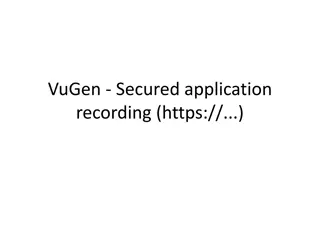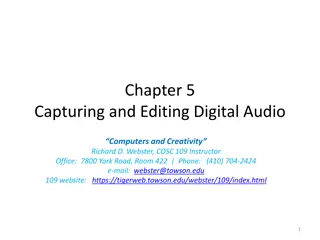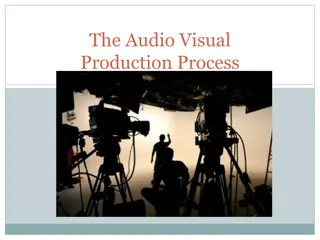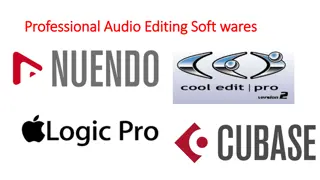7 STAGES OF RECORDING
Learn about the 7 stages of recording studio session procedures, from preproduction to mastering. Each stage plays a crucial role in creating high-quality recordings. Discover the importance of preproduction, setup, basic tracks, overdubs, rough mixes, mixing, and mastering in the recording process. Gain insights into tasks such as picking songs, preparing mixes, layering tracks, evaluating performances, balancing instruments, and more. Master the art of studio recording with this detailed guide.
Download Presentation

Please find below an Image/Link to download the presentation.
The content on the website is provided AS IS for your information and personal use only. It may not be sold, licensed, or shared on other websites without obtaining consent from the author.If you encounter any issues during the download, it is possible that the publisher has removed the file from their server.
You are allowed to download the files provided on this website for personal or commercial use, subject to the condition that they are used lawfully. All files are the property of their respective owners.
The content on the website is provided AS IS for your information and personal use only. It may not be sold, licensed, or shared on other websites without obtaining consent from the author.
E N D
Presentation Transcript
7 STAGES OF RECORDING STUDIO SESSION PROCEDURES
PREPRODUCTION Begins before the recording session Includes: picking songs, working out tempos, rehearsing, instrument repair/maintenance, recording and evaluating songs Helps save time and money
SETUP Involves: picking mics, preparing headphone mixes, addressing isolation issues, starting track sheets or templates, labeling the console/gear, tuning up Often includes troubleshooting and solving issues before you press record
BASIC OR RHYTHM TRACKS The bed or foundation of the recording Song needs to be in time, in tune to move on to overdubs Can include: scratch tracks, multiple takes, correcting rhythm tracks
OVERDUBS Layering of tracks This stage usually involves fixing any mistakes Overdubbing: vocals, solos, additional instrumentation Editing and clean up
ROUGH MIXES Used to evaluate performances Can occur or after initial tracking or overdubbing Kind of a quick sketch of what has been done so far Great for a soloist, horn player, string player, or anyone coming in to overdub
MIXING Final stage before mastering Balance of instruments Compression or limiting Panning EQ Additional editing FX applied Automation Don t be afraid to compare your mix to another mix
MASTERING The final stage Prepares your mixes to be sent off for duplication or replication Details include: equaling levels and tones between different tracks, stereo compression, creating song order, inserting space between tracks, CD track text, ISRC codes, master copy Fees are typically separate from engineering fees
